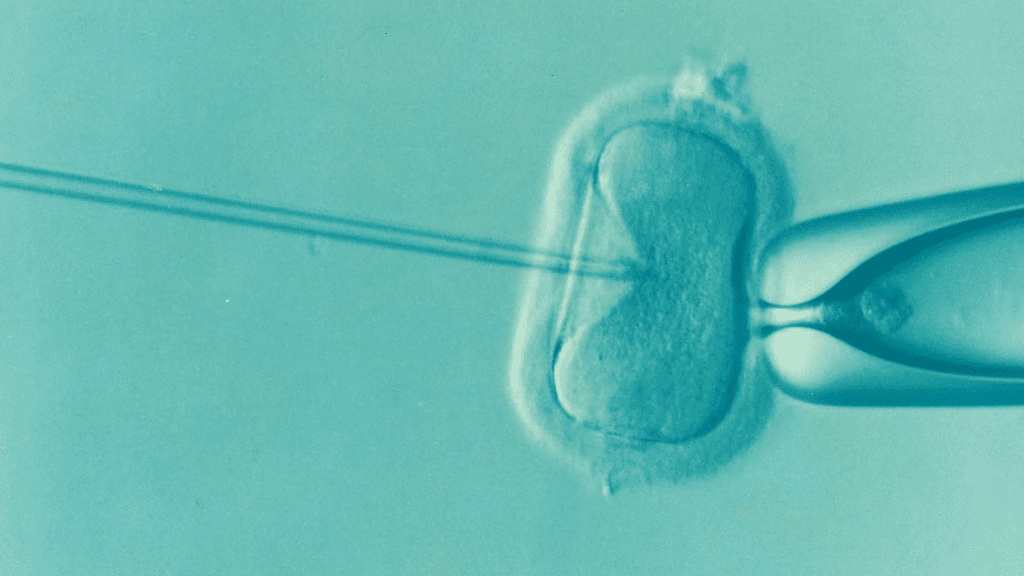Treatment Options for Infertility

Infertility affects millions of couples worldwide and can be a significant source of stress. Defined as the inability to conceive after one year of unprotected intercourse, infertility can stem from various factors, including ovulation disorders, blocked fallopian tubes, low sperm count, and more. Fortunately, there are numerous treatment options available. This article explores a range of solutions, from lifestyle changes and medications to advanced procedures like IVF and ICSI. Discover how making adjustments to diet and stress management, alongside medical and surgical treatments, can improve fertility and help couples achieve their dream of parenthood.
Surrogacy Journey Update
Hello everyone! After three months, I’m excited to share an update on our surrogacy journey. We’ve faced some challenges, particularly with paperwork, but we’ve found an affordable agency outside the US. This week, our embryo were successfully picked up for transport. Thank you all for your support and prayers. Stay tuned for more updates!”
Two Sets of Fraternal Twins in Three Years

Dionicio and Ruddy, an Ecuadorian couple, married in 2014 and moved to the U.S., dreaming of parenthood. After struggling to conceive, they sought help from Illume Fertility, where Dr. Williams created a treatment plan involving in vitro fertilization (IVF). Due to financial constraints, they chose to transfer two embryos instead of the recommended single embryo transfer, leading to the birth of their fraternal twin girls in 2020. Despite the risks associated with multiple pregnancies, they opted for another double embryo transfer in 2022, resulting in a second set of twins. Their story highlights the challenges and decisions faced during fertility treatments.
“Fertility Journey with Neupogen”
“Celebrate our journey through the world of IVF and Neupogen, where hope meets science. Join us as we share our experience with this therapy, its impact on the endometrium, and the potential it holds for those facing challenges in their fertility journey. From prescription to anticipation, discover the resilience that carries us forward, one step at a time.”
G-CSF and Navigating the Next Steps
Embark on our poignant IVF journey, where we embrace the promise of G-CSF treatment and surgical strides to surmount the challenges that lie ahead. With unwavering determination, we delve into the realm of fertility treatments, uncovering the potential of G-CSF to enrich the uterine lining—an essential element for successful embryo implantation in IVF. Follow along as we navigate uncharted territory, combining medical advancements and hope to carve a path towards new beginnings.
One’s Journey to Motherhood with Uterine PRP Stem Cells
Discover the remarkable journey of one as she shares her experience of achieving motherhood through uterine PRP stem cells. Witness the transformative power of regenerative medicine and the potential of PRP therapy in creating an optimal environment for successful embryo implantation. Follow her story and be inspired by the hope and joy that uterine PRP stem cells can bring to those on the path to parenthood.
Four week Follow up appointment after hysteroscopy on 6/15/23
Greetings and welcome back! Today, my spouse and I attended my hysteroscopy follow-up appointment, which was scheduled to assess the progress after my scar tissue removal procedure on June 15, 2023. Encouragingly, the two-week post-operative evaluation yielded highly positive results, confirming the appropriate positioning of the balloon and satisfactory outcomes in all aspects. With this favorable outcome, we eagerly anticipated the removal of the balloon and the subsequent administration of stem cells to facilitate the thickening of my uterine lining in preparation for embryo transfer. During the appointment, the medical team diligently followed the standard protocol, including the assessment of vital signs and the extraction of approximately four or five tubes of blood.
Regarding the uterine PRP treatment, medical professionals commonly recommend it for individuals grappling with fertility challenges attributed to a thin endometrial lining or recurrent implantation failures. This specific procedure aims to augment the thickness of the endometrial lining, thereby significantly enhancing the chances of successful implantation. Given the critical role of a healthy and adequate endometrium in establishing a pregnancy during IVF, the use of PRP has garnered attention in the field of medicine, particularly in addressing gynecological disorders.
To my surprise, it was only when the doctor entered the exam room that I learned about the extension of the balloon’s retention for another week. Subsequently, the doctor performed the stem cell infusion through the catheter of the balloon, resulting in unexpected intense cramping. While uncertain about the subsequent steps following the balloon’s removal and the overall process involving the placement of the stem cells, I will make sure to keep you all updated. Please stay tuned for further information.
Recovery after Ectopic Pregnancy and IVF Cycle #2

After my ectopic pregnancy on May 24th, 2022, my period arrived on the 28th, marking the start of a new cycle. Following my doctor’s advice, I began taking birth control the next day. On June 13th, I had a post-op appointment, and everything was healing well. The nurse provided me with a calendar for my next FET (Frozen Embryo Transfer) procedure.
On June 14th, I started taking a Vitamin E supplement and Pentoxifylline to help thicken my uterine lining. On June 22nd, I stopped taking birth control pills and had a baseline ultrasound and blood work, which showed a uterine lining of 3.3mm. The doctor instructed me to start taking estrace the next day.
Cycle #2 was canceled on July 22nd due to a thin uterine lining and uterine fluid. I stopped taking Lupron and estrace and started doxycycline and medroxyprogesterone as prescribed. I kept the nurse informed of my period start date to adjust my treatment plan accordingly.
Failed IUI Attempts in 2020

Embarking on our fertility journey in early 2020, my spouse and I decided to give it another go. Our plan included several rounds of Intrauterine Insemination (IUI) alongside the use of Clomid. Despite experiencing three unsuccessful IUI cycles in January, February, and March, and taking a break in April and May, our hope remains steadfast. Clomid, a medication addressing ovulatory issues, played a role in our strategy, as it enhances the chances of successful conception when combined with IUI. As our journey unfolds, we invite you to stay connected through our YouTube Channel, The Infertility Compass, and join our private Facebook group for further engagement. Connect with me on LinkedIn at Wanda Doty for more updates on our 2023 infertility journey. Stay tuned for more insights and updates on our continuing path toward building our family.
Trying to Conceive in 2019

Embarking on our journey to conceive, we made the pivotal decision to resume our efforts in September 2019. The quest for a suitable fertility clinic led us to contact several options in our vicinity, yet responses were elusive. Turning to our insurance provider, we secured a list of clinics accepting our coverage. The chosen clinic, with a prompt response, granted us our first appointment in October 2019. The subsequent consultation delved into our conception history and a battery of fertility tests, covering crucial factors like AMH, TSH, Vitamin D, and Genetic testing. As we navigated discussions on IVF, ICSI, and genetic testing, the decision to proceed with IVF marked a significant juncture. However, the financial clearance process proved daunting, requiring upfront payment for each cycle, leaving us with mixed emotions after a thorough review with a financial adviser. This experience underscores the importance of careful consideration when choosing a fertility clinic. Prospective individuals or couples should schedule consultations to discuss specific concerns and gather personalized information, ensuring the selected clinic aligns with their unique needs and expectations.




